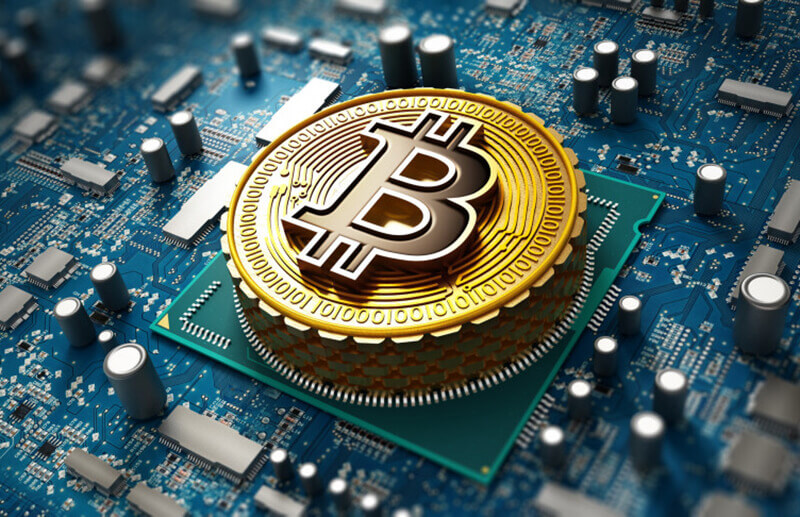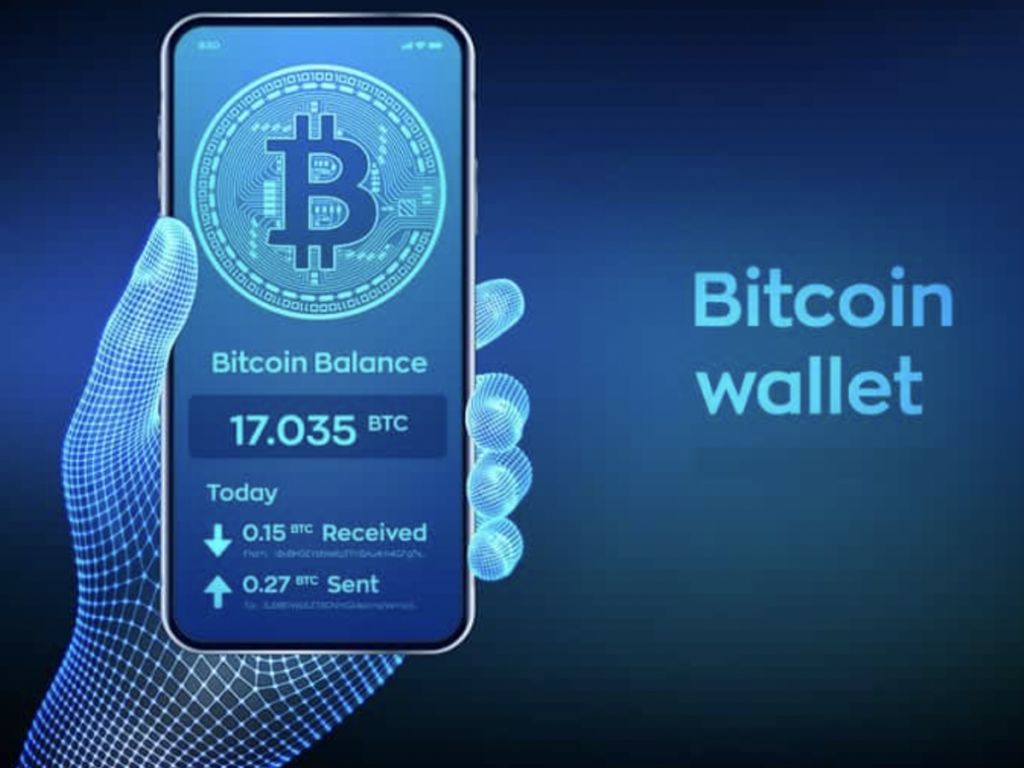How to mine Bitcoin
Do you want to mine Bitcoins but you do not know much about mining cryptocurrencies or how to start Bitcoin mining? Then you’ll enjoy our simple beginner’s guide to mine bitcoin, in this tutorial we will take you through the process of mining Bitcoin step by step. If you want to learn more about the mining techniques and how Bitcoin mining works, then keep reading and you will become more experienced with Bitcoin mining.

Get a Bitcoin mining rig
To begin mining, you must have a mining rig of your own. Although ordinary home computers and later graphics cards were used in the early days of Bitcoin mining, you will not be able to acquire any Bitcoins today using these machines, or you will gain small profit. Mining Bitcoins or other cryptocurrencies based on the same algorithm requires specialized hardware. As a result of its ASIC (Application-Specific Integrated Circuit) technology, Bitcoin mining becomes much more efficient. This device is expensive and takes long time to mine, but it is incredibly fast. Some of the most powerful computers are capable of solving up to 14 tera hashes per second.
The following parameters should be considered when selecting a mining computer: performance (hash rate), electric power consumption, and price. How many attempts a machine can make to solve a block per second is indicated by its hash rate. Be careful, these devices may be hard to get these days due to the high demand. The price of these devices, which can range from hundreds to thousands of dollars, is also affected by this factor.
Before you purchase an ASIC miner, use an online calculator to determine the profitability of the device (Nice Hash). Along with parameters of your mining rig, this calculation includes the cost of electricity, mining pool fees and the level of difficulty of your particular mining operation or how much you need to invest?
Consider the increasing difficulty of mining as well as the decreasing profitability over time when making your decision. Exactly what does it mean in the real world? After 14 days, if the difficulty increases by about 10%, the profit drops by about 10%.
Bitcoin wallet
The next step is to get a Bitcoin wallet, which is crucial. In this wallet you’ll receive your Bitcoins, and you’ll be able to transfer, deposit or withdraw from your wallet.
For each Bitcoin address, there is a public-key and a corresponding private-key combination. This is an example of a public key. 13ukxpD1eqhVjuy12ehEy8r7d8py6dFdzh. To receive Bitcoins from someone, you must provide them with your public key. Any transaction that passes through a bitcoin address can be traced back. The private key, on the other hand, is kept secret and is used to send transactions. Your Bitcoins stored at this particular address are permanently lost if you lose your private key.

So which wallet is the best for beginners? As a beginner miner, the best option is a software wallet downloaded to your computer. It is both secure and easy to manage, making it ideal for frequent manipulations with mined currency, even though it is secure. No one can access your coins if you use a wallet that you can easily download to your computer.
They come in two varieties: those that download the entire Blockchain and those that store only relevant transactions. Both options require a lot of space and memory, but the first option is much safer. The light-weight variant, on the other hand, is connected to a third-party Blockchain, which you cannot fully control.
Mining pool
Using an ASIC miner is nearly impossible today. In addition, mining Bitcoins on your own isn’t always profitable. Fortunately, there is a solution to this problem: mining pools, where miners work together to solve problems together.
Participants pool their computing power, and when Bitcoins are mined, they split the profits among themselves based on their computing power. The income is lower, but it’s consistent nonetheless. Members of a pool, on the other hand, must pay a fee to the pool’s operator, which is usually between 0 and 2 percent of the reward received.
Your hardware, Bitcoin wallet, and mining pool are all in place. It’s time to download a mining client and install it on your PC. Blockchain and the Bitcoin network are accessible through it. As miners complete their tasks, the mining software records their findings and adds them to the Blockchain. Mining software also monitors miner activity and displays basic statistics such as temperature and cooling rates as well as average mining speed.
For a full explanation for this post please visit our YouTube channel “Rpc Technology” and watch the video tutorial